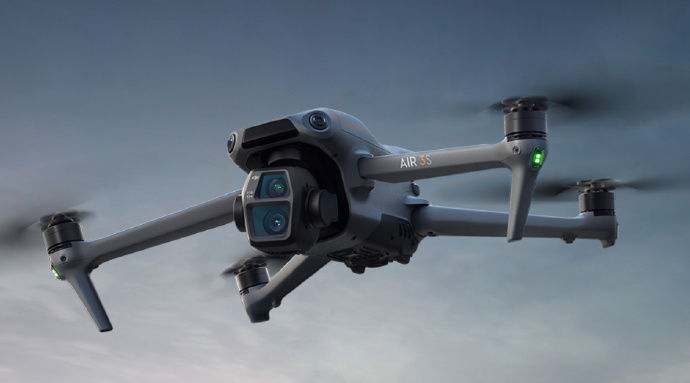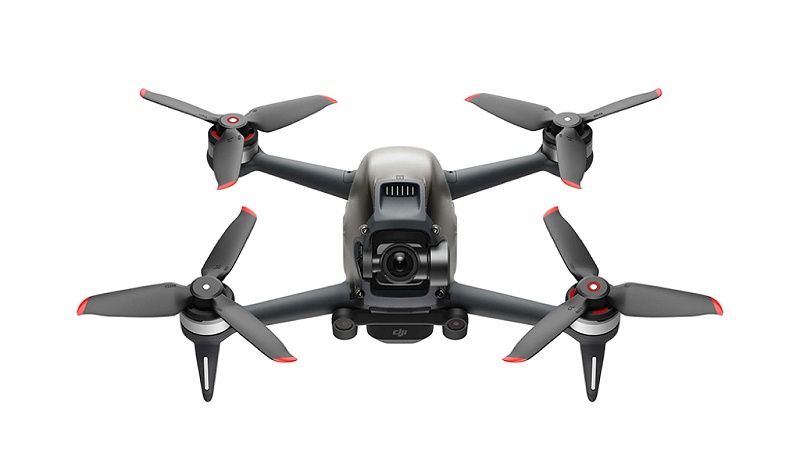Capturing breathtaking aerial shots has become increasingly accessible with the rise of drones equipped with cameras. These devices allow photographers and videographers to explore new heights and angles, providing an entirely different perspective on the world below. In this article, we will discuss the advantages of using a drone with a camera, explore some popular models, and offer tips for capturing stunning visuals.
Benefits of Using Drones for Aerial Photography
Drones equipped with cameras offer photographers several benefits. Firstly, they allow for aerial shots that were previously only possible with helicopters or expensive equipment. With a drone, you can easily capture panoramic views, giving your work a unique edge. Moreover, drones are generally more affordable, making them accessible to amateurs and professionals alike.

Another advantage
is the flexibility that comes with using a drone. It’s easier to maneuver in tight spaces, enabling you to capture shots in areas that are difficult to reach. This versatility opens up new creative possibilities and can result in stunning photography that tells a compelling story. Additionally, drones equipped with cameras often include features like GPS stabilization, which prevents jittery footage and ensures you get a clear and steady shot every time.
Popular Drone Models
- DJI Phantom Series – Known for their reliability and excellent camera quality, DJI drones are a favorite among hobbyists and professionals. The Phantom series offers advanced features such as obstacle avoidance and auto follow modes, making them ideal for capturing dynamic footage.
- Mavic Air 2 – A compact and powerful drone that provides high-resolution images and videos. Its portability makes it a great option for travelers or anyone looking to shoot on the go. With features like HDR video and intelligent shooting modes, you can capture spectacular scenes with ease.
- Autel Robotics Evo Lite+ – Featuring a large camera sensor and long flight time, the Evo Lite+ is perfect for extended shooting sessions and low-light conditions. This model also boasts advanced obstacle detection technology, making it a safe choice for beginners.

Tips for Capturing Stunning Visuals
- Plan Your Shots – Before flying your drone, sketch out what you hope to capture. Consider the weather, lighting, and location to optimize your results.
- Use Manual Settings – While automatic settings can be convenient, using manual controls can enhance the quality of your shots. Experiment with exposure, shutter speed, and ISO to achieve desired effects.
- Be Mindful of Drone Laws – Always check local regulations regarding drone usage. Ensure you’re permitted to fly in your chosen area and adhere to any altitude or area restrictions.
- Take Multiple Shots – Drones allow for continuous shooting, so take advantage of this to ensure you capture the perfect moment. Different angles can provide varied perspectives and increase the likelihood of getting your ideal shot.
Enhancing the Aerial Photography Experience
A drone with a camera can transform your photography experience, allowing you to capture the world from new heights. With advanced technology and accessibility, drones have become indispensable tools for enthusiasts looking to expand their creative potential.
FAQ
Q: Do I need a license to fly a drone equipped with a camera?
A: Depending on your location, you may need a license to operate a drone commercially. For recreational use, regulations vary, so check local guidelines.
Q: How high can I fly my drone for aerial photography?
A: Altitude restrictions vary by region, but generally drones can fly up to 400 feet above ground level. Always ensure compliance with local laws.
Q: What’s the best time of day to capture aerial shots?
A: Golden hour, just after sunrise or before sunset, offers optimal lighting conditions for capturing stunning visuals with warm tones and dramatic shadows.